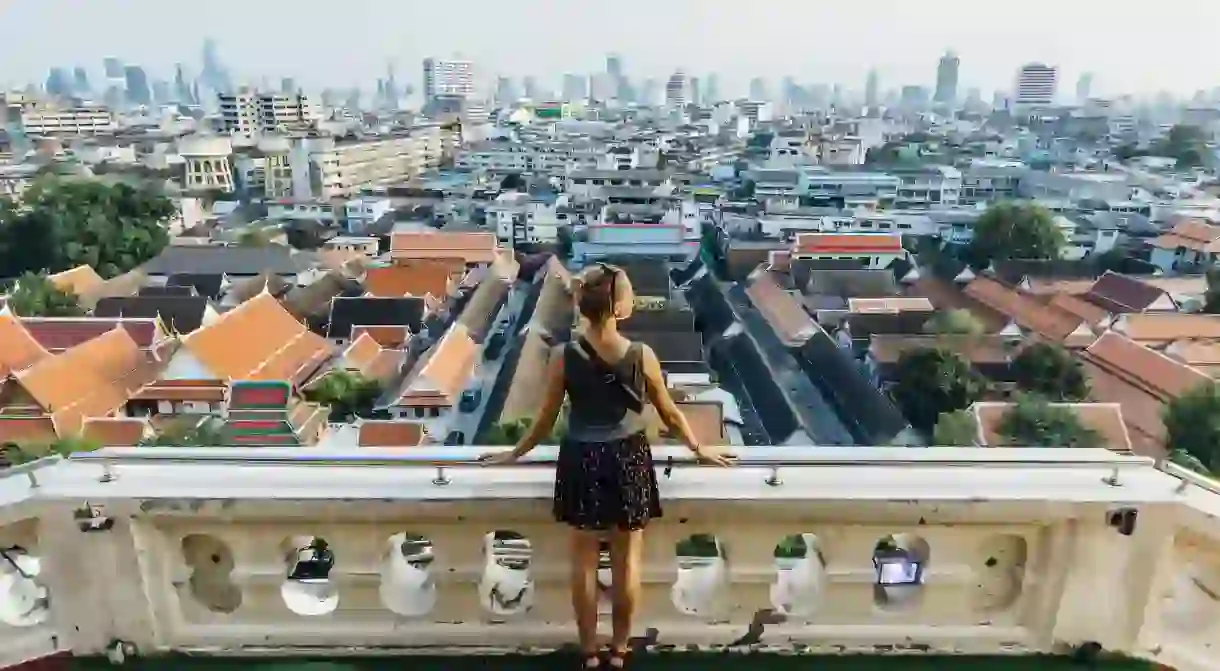Bangkok's Architectural Landmarks – From Monumental to Modern

The capital of Thailand boasts bold architecture on every soi (street). But which are the landmark buildings not to miss when you’re in Bangkok? Our curated list for architecture fans helps you choose.
When you think about Bangkok buildings, chances are it’s either the city’s skyscrapers or its beautiful shrines that come to mind. But there’s much more for architecture lovers to see in the Thai capital. According to Phongphat Ueasangkhomset, one of the founders of Bangkok-based design studio Anonym, “Thai architecture, it’s like tom yum goong, a mix-and-match cuisine full of flavour.” As well as the classic landmarks on this list, we’ve included three newer projects that Ueasangkhomset thinks rate among the city’s most interesting architectural marvels.
Victory Monument
Historical Landmark

Jim Thompson House Museum
Museum

PTT Forest in the City
Forest

The aim of PTT Forest in the City was to create a more balanced local ecosystem by transforming what was previously a garbage dump into a green space. Designed by oil and gas company PTT, the park includes a skywalk where you can see the trees from above, which leads to a tower with a 360-degree view of the forest. It’s a great example of how architecture and innovative city planning can be tools to help fight climate change, and one of Ueasangkhomset’s recommendations for Bangkok visitors.
Phra Sumeru Fortress
Archaeological site, Church

Democracy Monument
Building

Bangkok Art and Culture Centre
Museum, Art Gallery, Building

Santa Cruz Church
Building, Church

Kalawar Church
Church

Rama VIII Bridge
Bridge

Bank of Thailand Learning Centre
Museum
Designed by architects Creative Crews in 2018, the Bank of Thailand Learning Centre revived an old factory – the country’s first note printing works – and turned it into an educational centre. While retaining some of the original features, Creative Crews also added a slew of new details. They created landscape steps that invite visitors to the second floor, and removed solid walls to evoke a feeling of openness. The location, on the much-loved Chao Phraya River, means the centre also benefits from lovely water views through its giant windows.
Cajsa Carlson contributed additional reporting to this article.













